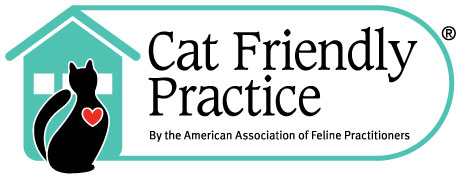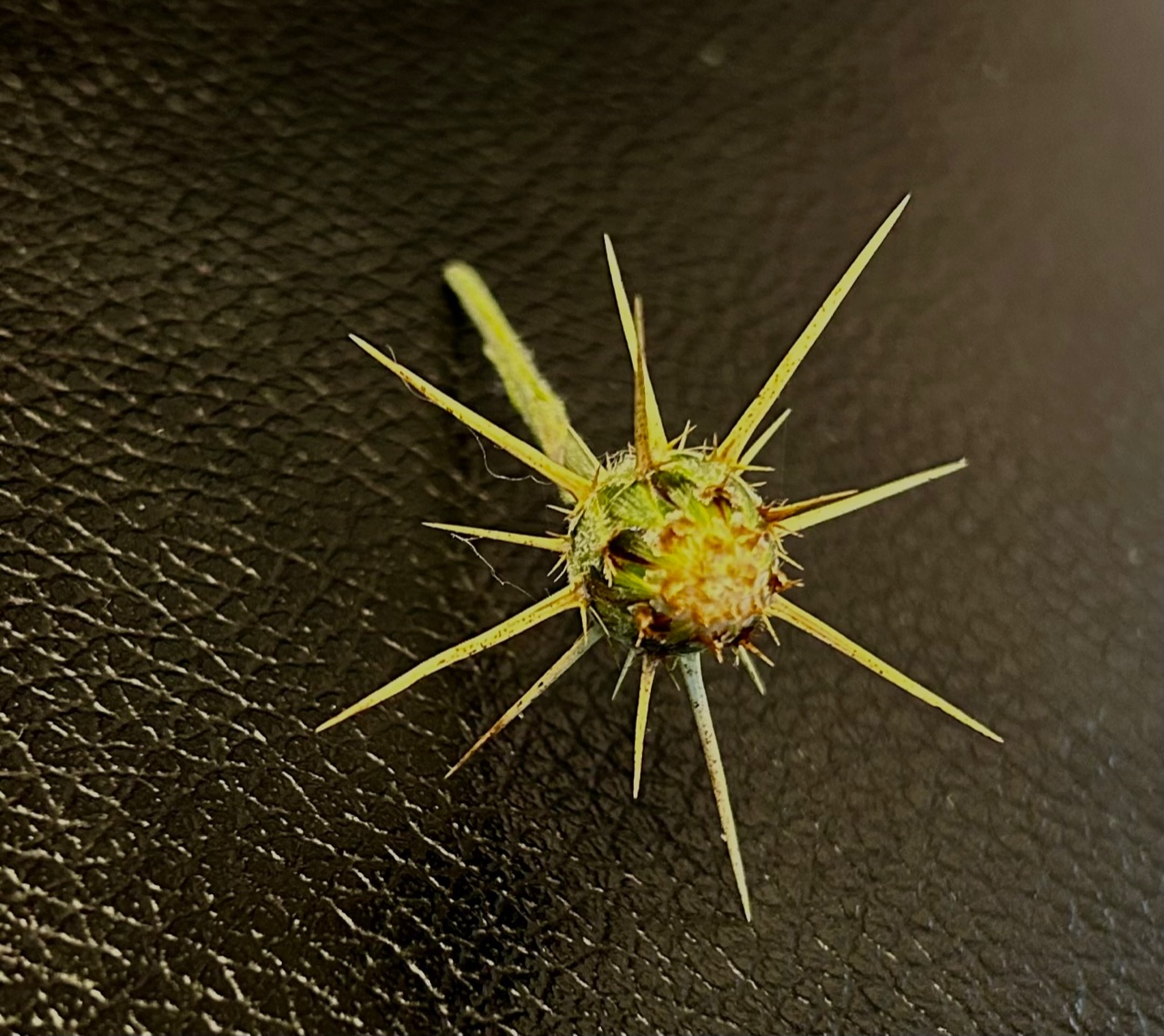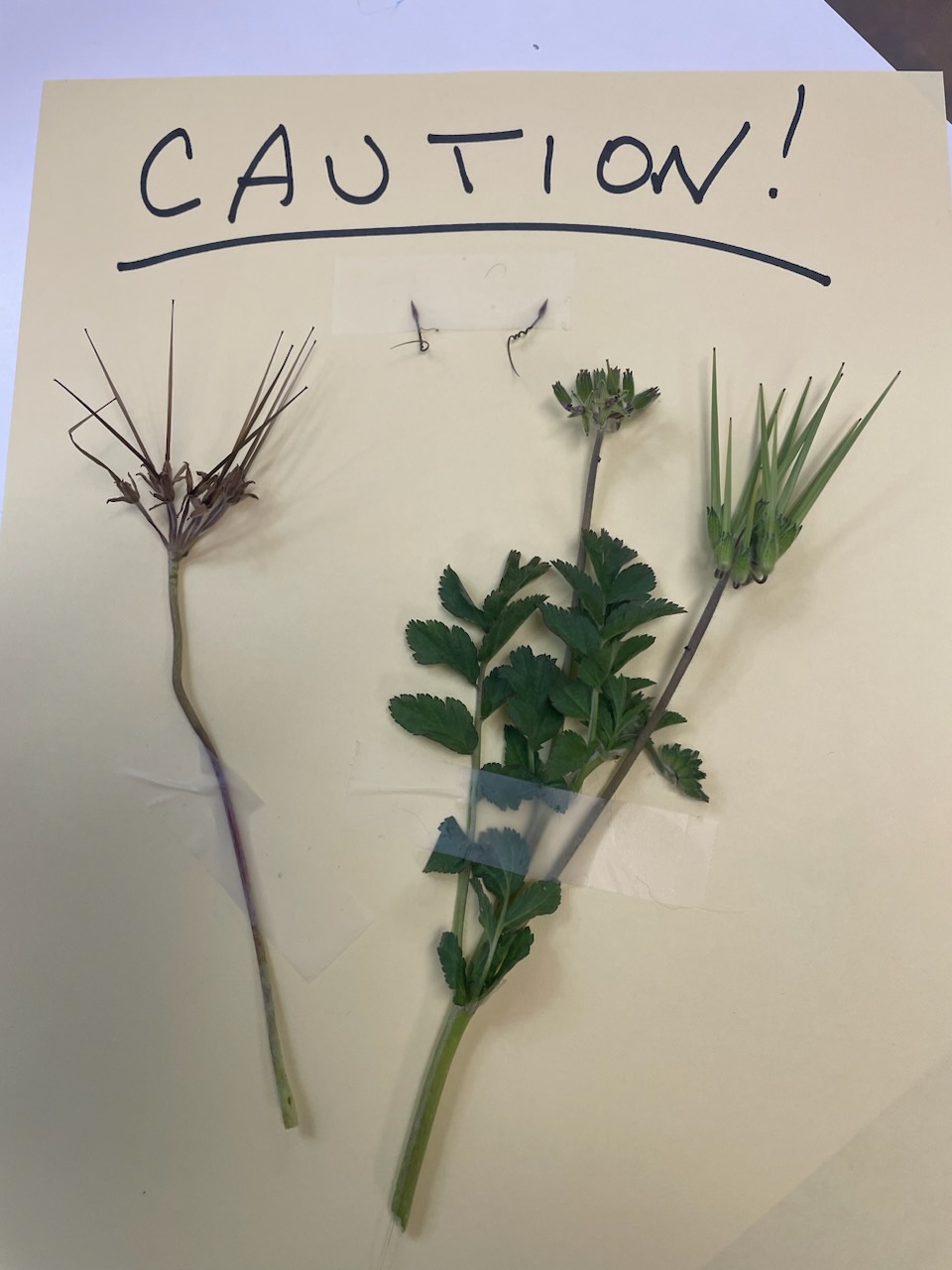Last week we looked at normal skin and I mentioned that skin trouble was one of the most common reasons for veterinary visits. Fleas used to be our most common cause of itchiness, but with new, veterinary prescribed flea products, we don ™t see nearly as much flea dermatitis. Inhaled allergy, hayfever, is probably the most common cause of itching in SLO County dogs and cats. The same pollens and molds that make you sneeze, can make your pet itch. While the classic œhayfever pet will have an itchy face, ear problems and foot or underarm itch, this disease process can present in almost any fashion. Other causes of itchiness can include food allergies, several types of mites, contact allergies, and other insect bites. One of the classic problems we see in this area is the œhot spot which is pictured here. This is actually called pyotraumatic dermatitis: pyo means infection, traumatic from the pet chewing or scratching so badly that they make this wound! These can pop up very suddenly and can be tremendously painful and itchy.
Skin problems that might not itch, but can look bad are quite common also. Hormonal problems, especially low thyroid levels or high adrenal gland hormones, can cause the hair to thin or fall out. Other illnesses such as liver disease or immunosuppression can cause dermatologic problems. The skin is the most common place we will find a mass or tumor. While most skin masses are benign, you cannot tell just by looking at a mass how dangerous it is. Every mass should at least have an aspirate performed in-house. Diagnosing skin disease may just require a physical exam and a good history, but often we need to do other tests including skin biopsies, ringworm cultures or skin scrapings to help your pets. If your pet is having skin problems, come see us. Our doctors are very thorough with skin disease.
by Bonnie Markoff, DVM, ABVP









Leave A Comment
You must be logged in to post a comment.